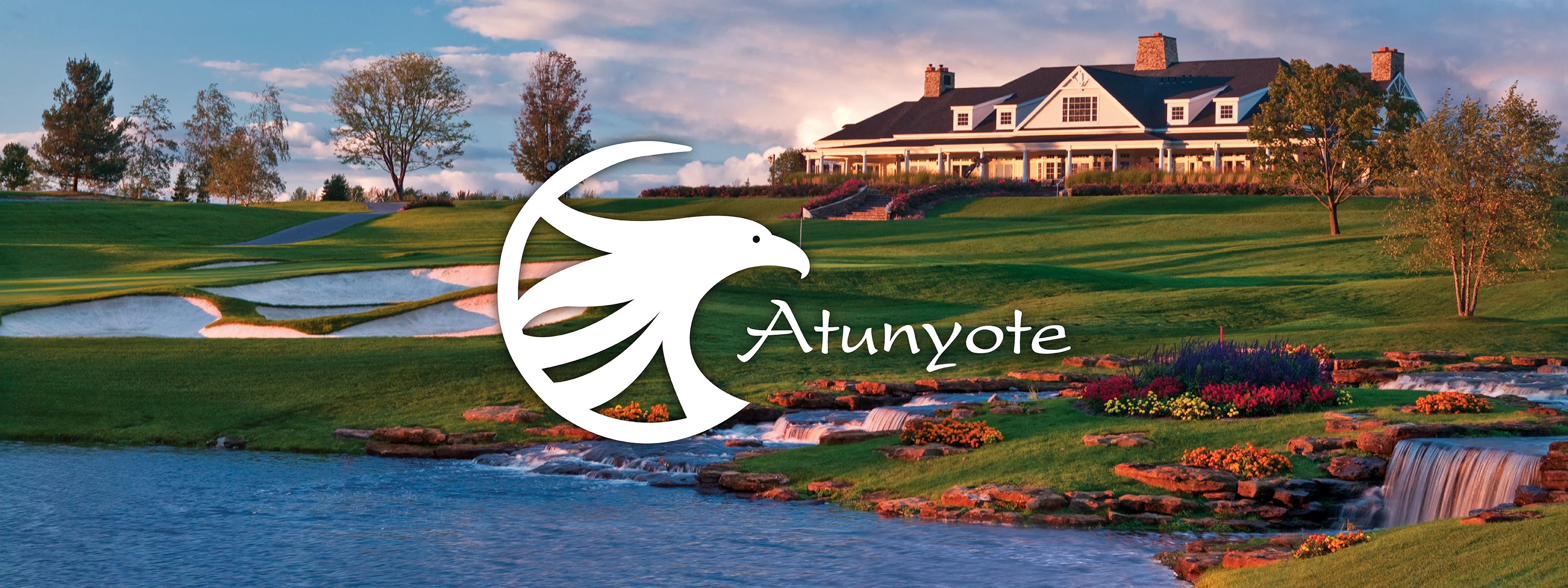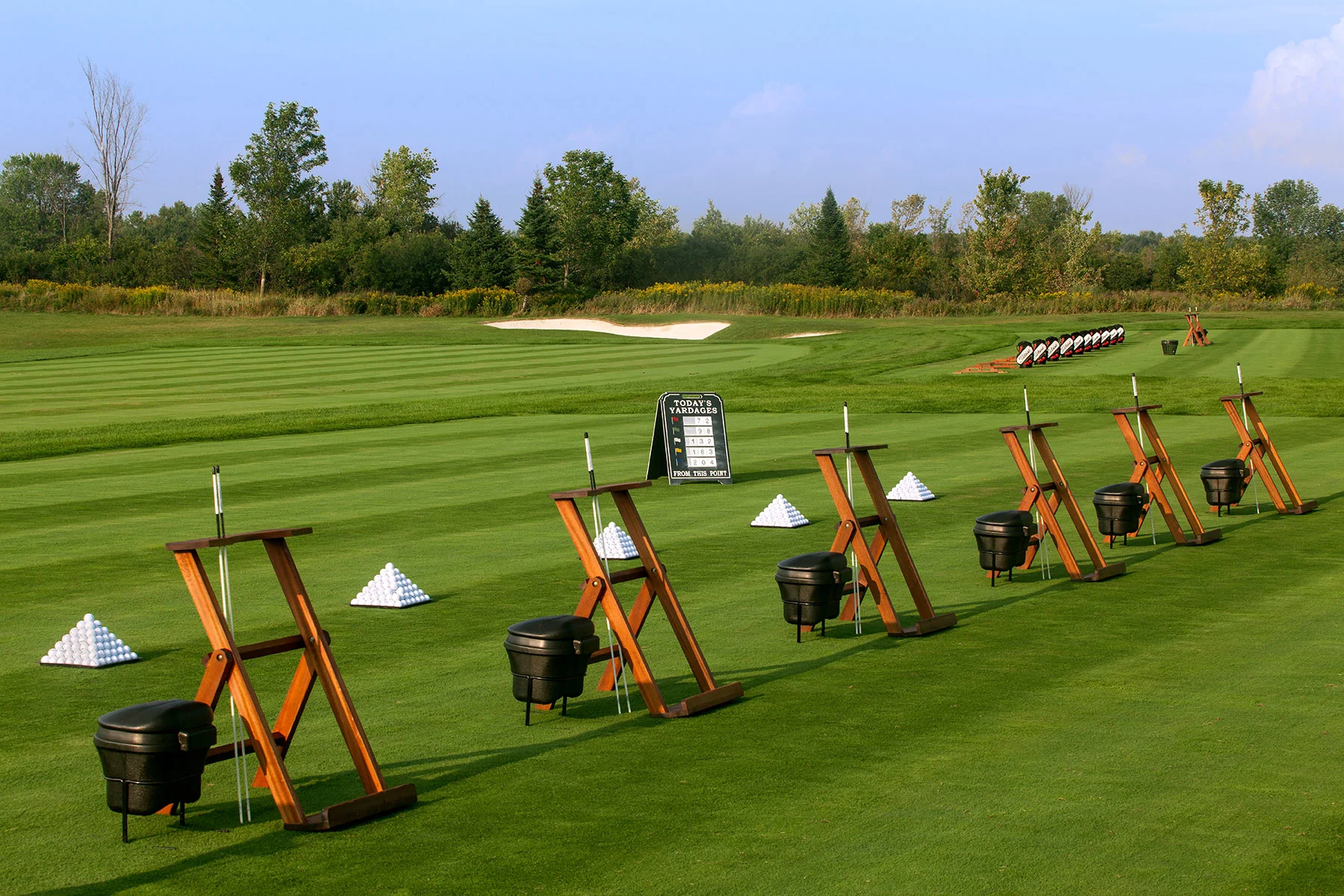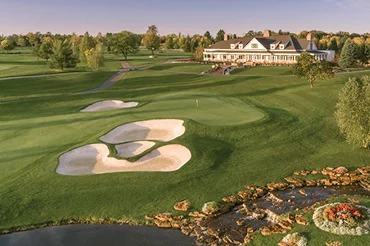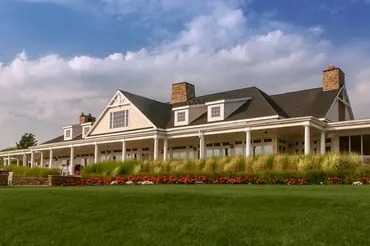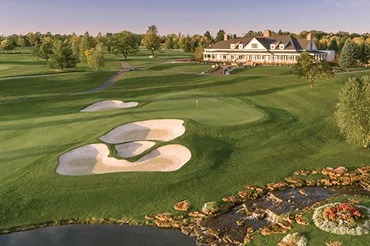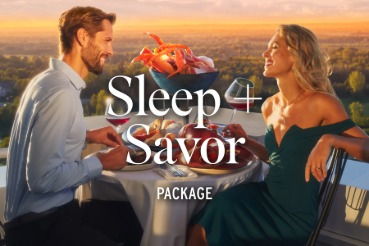Conveniently located at Turning Stone Resort Casino, Áhsi’ Aesthetics by Rome Health offers personalized hydration and recovery treatments to help you play, feel and look your best.
The Mulligan Recovery
Drip IV Reboot Hangover • Electrolytes
Get back on your feet fast with a powerful blend of hydration, electrolytes, vitamins and targeted relief — designed to reboot your system and get you back in the game.
Book Now
Tee Time Recharge
IV Recovery • Amino Acids
Infused with a dynamic blend of B vitamins, amino acids, magnesium, electrolytes and antioxidants, this drip is engineered for elite performance and rapid recovery — so you can play hard, recover fast and perform at your best.
Book Now
Fairway Glow Drip
IV Inner Beauty • Minerals
Packed with Vitamin C, Biotin, Glutathione, B-Complex and hydration therapy, this energizing drip supports healthy skin, strong hair and steady focus — perfect for powering through a full day on the course.
Book Now
The Par Performance Drip
Myers’ Cocktail • Vitamin Boost
Packed with Vitamin C, Magnesium, B-Complex, Calcium and Hydration Therapy, this drip supports stamina, hydration and clarity — so you can keep your swing strong from the first tee to the final putt.
Book Now


